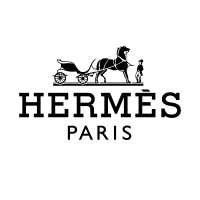
Gucci
Founded in Florence, Italy in 1921, Gucci is one of the world’s leading luxury brands. Following the House’s centenary, Gucci forges ahead continuing to redefine fashion and luxury while celebrating creativity, Italian craftsmanship, and innovation. Gucci is part of the global luxury group Kering, which manages renowned Houses in fashion, leather goods, jewelry, and eyewear. Discover more about Gucci at www.gucci.com.






